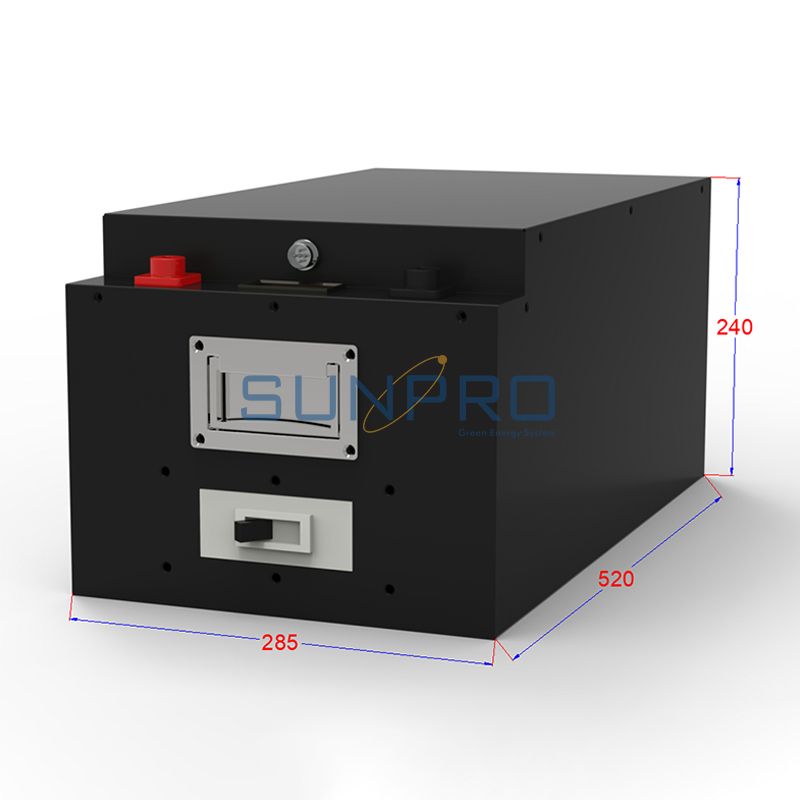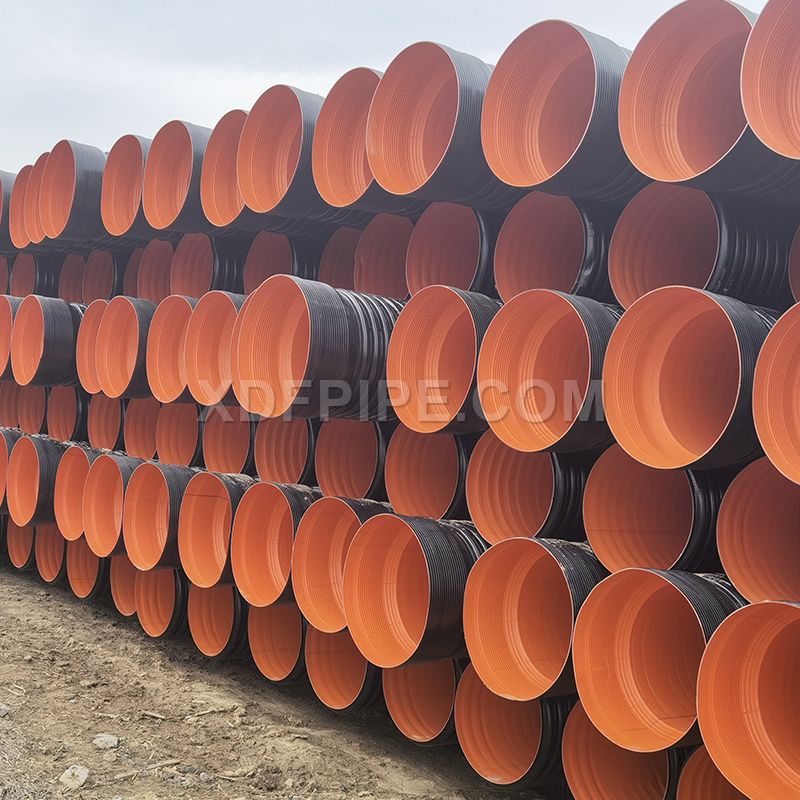What is OLED display module?
In a rapidly evolving digital landscape, the realm of visual display technology has witnessed remarkable advancements, with OLED display modules emerging as a beacon of innovation and excellence. At the forefront of this display revolution, we delve into the intricacies and advantages of OLED display modules, showcasing their unparalleled capabilities and the myriad ways they have redefined visual experiences across industries.

OLED, or Organic Light Emitting Diode, represents a breakthrough technology that enables the creation of vibrant and mesmerizing displays. Unlike traditional LCDs (Liquid Crystal Displays) that require a backlight, OLED modules are self-emissive, meaning they emit light individually for each pixel. This fundamental distinction empowers OLED displays to deliver true blacks, exquisite color accuracy, and unmatched contrast ratios, setting a new benchmark for visual excellence.
The Evolution of OLED Technology
Since their inception, OLED display modules have undergone a remarkable evolution, rapidly establishing themselves as the epitome of cutting-edge visual technology. From early applications in small screens, like smartphones, to their integration into larger formats such as televisions and digital signage, the adaptability and versatility of OLED displays have captured the imagination of both consumers and industries alike.
Advantages That Set OLED Display Modules Apart
1. Astonishing Visual Quality
OLED display modules excel in delivering an awe-inspiring visual experience. With the ability to individually control each pixel's luminance, these modules reproduce colors with unparalleled accuracy and vibrancy. The absence of a backlight ensures that every pixel can emit its own light, resulting in a true black that enhances contrast and depth, leading to visuals that seem to leap off the screen.
Additional reading:Revolutionizing Connectivity with Communication Electronics PCBA
What are Applications of Rockchip SOM?
Choosing the Right Car Starter Battery
Understanding the Benefits of Solar Emergency Charging Lamps
Is TFT display better than LED?
Key Features and Benefits of Multi-angle Pole Base
Exploring the Different Types of Transformers: A Comprehensive Guide
2. Energy Efficiency
The self-emissive nature of OLED display modules directly translates into energy efficiency. Unlike LCDs that require a constant backlight, OLED displays only consume power for pixels that are active, offering potential energy savings and longer battery life in portable devices.
3. Thin and Flexible Form Factor
OLED technology's unique characteristics allow for the creation of remarkably thin and flexible displays. This versatility opens up innovative design possibilities, enabling manufacturers to produce curved, foldable, and even rollable displays, redefining the way we interact with digital content.
4. Rapid Response Times
OLED modules boast lightning-fast response times, virtually eliminating motion blur and ensuring smooth and fluid visuals. This attribute is particularly advantageous in gaming, fast-paced videos, and augmented reality applications, where every millisecond counts.
As we peer into the future, the trajectory of OLED display modules appears even more promising. The ongoing research and development in OLED technology promise to push the boundaries further, ushering in innovations that are poised to redefine visual experiences once again.
Additional reading:Industries Benefiting from Power Resistors: Essential Components in Various Applications
Exploring the Efficiency and Reliability of Eltek Rectifier Modules
Effective Uses of Emergency Power Packs: Homes, Offices, and Outdoor Events
Exploring the Benefits of Portable Power Stations: Reliable Power Anywhere
Understanding ARM SOM Core Boards: A Brief Overview
Maximizing Efficiency and Longevity: A Comprehensive Guide to Electric Forklift Batteries
Factors to Consider When Selecting Power Resistors
149
0
0
Related Articles










Comments
All Comments (0)